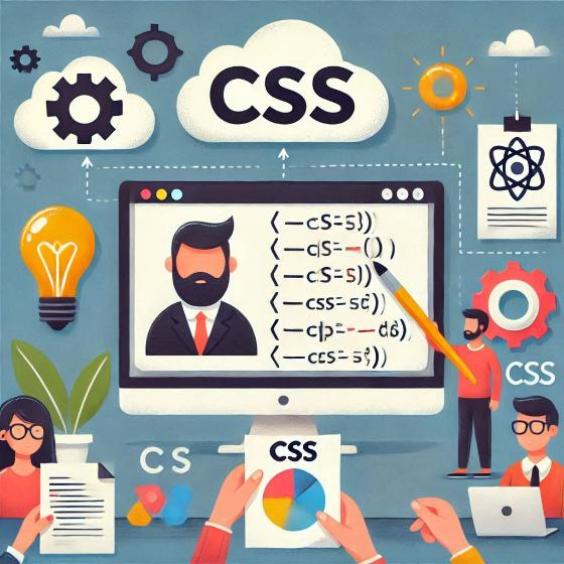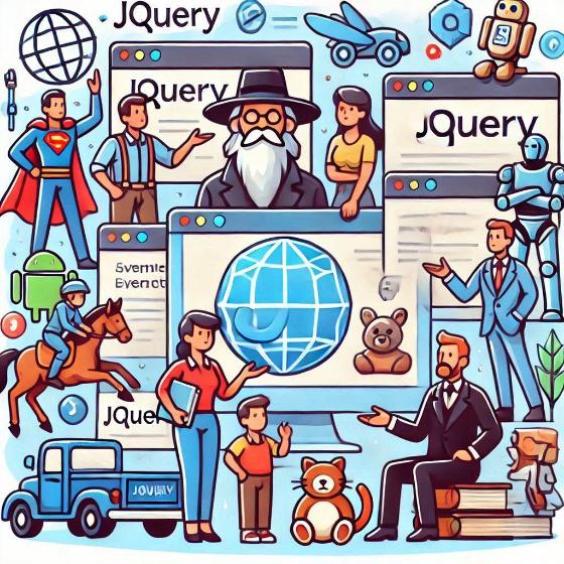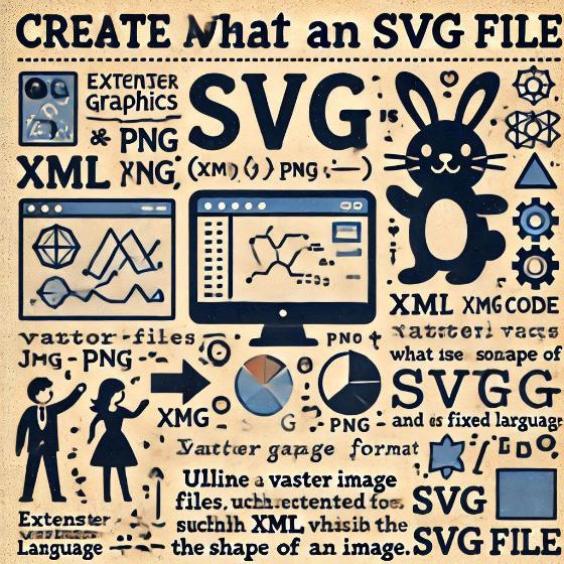What is CSS and what is it for
In the world of web design, there are several programming languages used to create attractive and functional websites. One of the most important languages is CSS, which is used to give style and design to web pages. In this article, we will explore what CSS is, what it is used for, and its history in web design.

What is CSS?
CSS (Cascading Style Sheets) is a programming language used to control the presentation and design of web pages. It was created in 1996 by Håkon Wium Lie, a Norwegian engineer who worked at the World Wide Web Consortium (W3C). CSS is used to separate the structure of an HTML document from its presentation, allowing web designers to create more attractive and easier-to-maintain websites.
Functions of CSS
CSS is used to perform several functions in web design, including:
- Text style: CSS is used to change the size, color, font, and style of text on a web page.
- Layout design: CSS is used to control the layout of elements on a web page, including position, size, and spacing.
- Colors and backgrounds: CSS is used to change the colors and backgrounds of elements on a web page.
- Images and multimedia: CSS is used to control the presentation of images and multimedia elements on a web page.
- Interactivity: CSS is used to create interactive effects, such as hover and animations, on a web page.
History of CSS in web design
The history of CSS begins in 1994, when Håkon Wium Lie and Bert Bos, two engineers at the W3C, began working on a style language for the web. In 1996, the first version of CSS, known as CSS1, was published. This version included basic features such as the ability to change the color and font of text.
In 1998, CSS2 was published, which included more advanced features such as the ability to control the position and size of elements. In 2004, CSS2.1 was published, which included corrections and improvements to the previous specification.
In 2009, CSS3 was published, which included more advanced features such as the ability to create animations and interactive effects. CSS3 also included features such as the ability to create shadows, gradients, and text effects.
CSS is a fundamental programming language in web design, used to give style and design to web pages. Since its creation in 1996, CSS has evolved to include more advanced and sophisticated features. Today, CSS is an essential tool for any web designer who wants to create attractive and functional websites.





